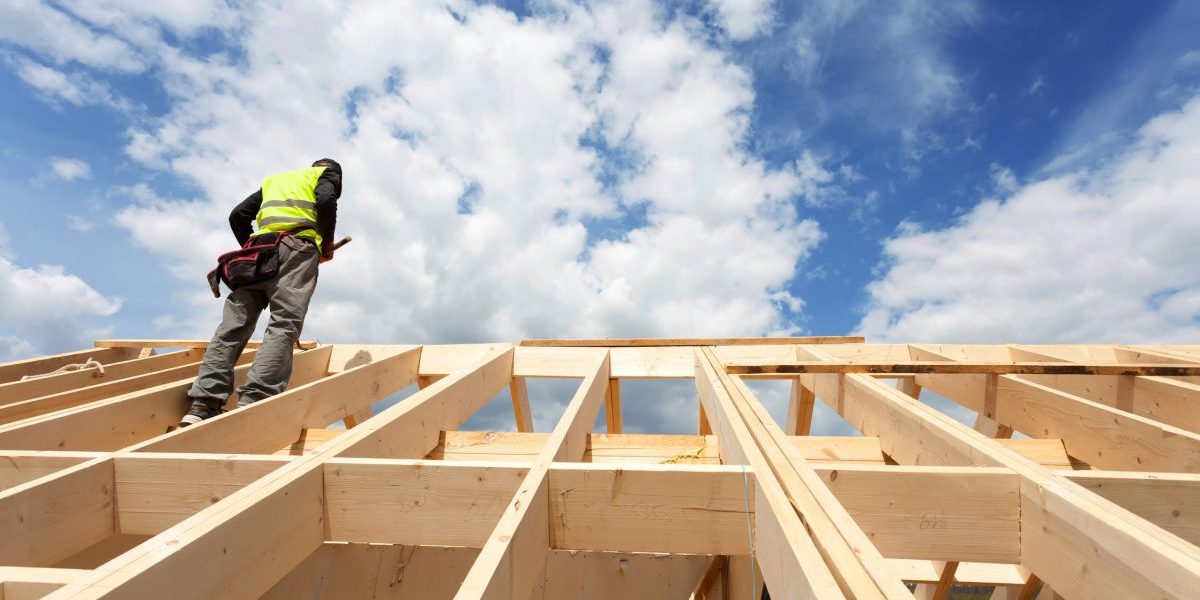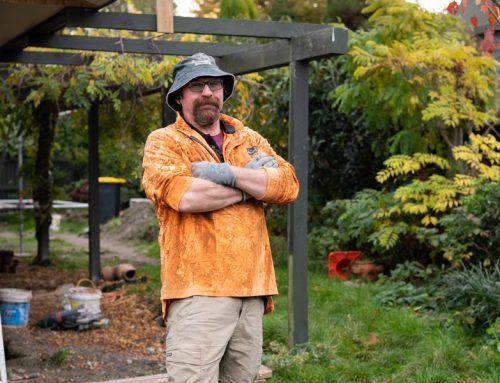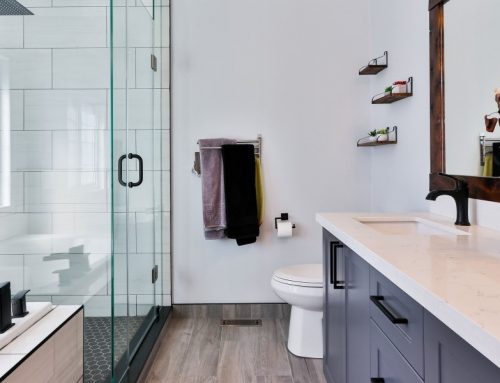this month we take a look at the bigger picture of how the housing market is influencing the tradies chasing your job, what it means for your home improvement project, and how you can attract a great tradesperson in these times.
Read on to find out:
- The unexpected dynamics shaping the trade space
- The impact of rising house prices on home improvement
- And how you can attract a great tradesperson in a tighter market.
As marketing manager at Builderscrack, one of my jobs is to balance the demand for trades (Homeowners) with the people who can fulfil that demand (Tradespeople).
The building sector cycles between periods of higher and relatively lower demand. During periods of high demand, homeowners report that it can be harder to secure a tradesperson to do their job.
And in our customer-orientated culture, this poses an unfamiliar dynamic for homeowners: how to sell your job to attract the best tradespeople.
But let’s back up a little bit.

House prices have risen roughly 20% in the last year.
The Last Year Has Created Some Really Unexpected Dynamics in the Trades
The key contributors to these dynamics are:
- Preexisting shortage of housing supply
- High importance and value placed on comfort at home
- Covid-related travel restrictions
- Materials shortages due to shipping delays
- And a high level of fiscal stimulus.
The result is house prices have risen roughly 20% in the last year. Rising house prices, and in-turn rising home equity for a large subset of homeowners, fuels a desire to reinvest back into their home by repairing, beautifying and renovating.
Rising house prices also drives new builds, and after taking a dip for the few months post-Covid, building consents issued for new dwellings rebounded in late 2020 to sit 10% above 2019 levels.
Consents for alterations rose even further, with December 2020 nearly 30% up on the previous year.

One of the key contributors is material shortages due to shipping delays.
The Exclusive Insights Taken From BC Data
At Builderscrack, we have a unique insight into the volume of non-consented repair and renovation work. Throughout the end of 2020 and early 2021 we’ve seen demand up 30%.
So in the space of a year, we’ve seen demand for tradespeople lift 10% on new builds, and 30% on alterations, renovations and repairs.
The trade sector in New Zealand is hard-working and resilient. Tradespeople are responding to the increase in demand by working longer hours, and building longer work pipelines. Workers are returning to the trades space. At this stage we haven’t seen an increase of rates above standard inflation, but some jobs are receiving less interest that they might in times of lower demand.
So while the overall impact of this higher demand is that jobs are taking a bit longer to be undertaken — the supply is there to service this higher demand.

Personalising your job description with information about the context of your job can help build interest.
How to Get Maximum Interest in Your Job
This is a time however, to pay a bit more attention to how you’re crafting your job description and pitching your job to prospective tradespeople.
Here are some ways of ensuring your job gets maximum interest and attract a great tradesperson in a tighter market.
| Try Some (Or All) of These On Your Next Job |
|---|
| 1. Pick the right category. It sounds simple, but a small percentage of jobs we receive are not posted in the best-suited category — and the right tradies never receive those jobs. If in doubt, choose “pick for me” and Builderscrack will choose the appropriate category when we review your job. |
| 2. Write a concise, attractive job title. Use words that describe the essence of what you need doing. Tradies use this title when they’re skimming their leads — so make yours stand out. |
| 3. Have the budget to do the job. It’s often overlooked, but it’s critically important.By using our Job Cost Estimator, you can get a ballpark estimate for most common jobs. For tradies who are time-poor in an overheated market, working on quotes for potential clients who may not have the budget often slides down the priority list. Rather than focusing on trying to find tradies to give you a specific quote, focus on minimising time wastage for everyone by working with ballparks — and ensuring you have the budget to cover that. If you’re unsure if you have the budget — communicate that you’re looking for a ballpark estimate, rather than a quote. From there you can opt for the tradie to quote, and give them the assurance that you have the budget to cover the work. |
| 4. Describe the job in as much detail as you can. Include measurements, and details like access, your availability, preferred time frame for completion. Be as flexible as you can rather than being overly assertive. |
| 5. Don’t be afraid to add a bit about you. Personalising your job description with information about the context of your job can help build interest. Remember, tradespeople are real people with families, and love their trade — sharing a bit about you can help get things off on a warm footing. |
| 6. Photos, photos, photos! Take them on your phone and if you can, use an app to draw over them to aid in understanding of the job. If you have any ideas for what you’re looking to achieve, find images that reflect this goal and add them too. Generally speaking, the more images the better. Take close ups of any details. |
| 7. Work as quickly as possible to review chasers and grant contact. Builderscrack works best when both parties are responsive early on. Your show of prompt communication will help attract a great tradesperson. |
| 8. Be as flexible as you can. This includes when arranging to meet tradespeople, especially for quotes, and allow for the unexpected. In an overheated trade market, tradespeople are often getting pulled in many directions, trying to meet client’s expectations. If timing is absolutely critical for you, state this up-front, and check in with the tradesperson that they’re on-time half an hour before the scheduled meeting. By taking initiative in this part of the process, you can ensure things run smoothly. |
| 9. Communication is key. If you’ve arranged a time in the future for the job to begin — take five minutes to check in the day before. If a tradesperson has said they’ll get back to you by a time and they haven’t — follow up. Some of the classic rules of good business tend to get a bit blurred when it comes to communication in really busy periods.If a tradesperson is showing a trend of unreliability, then this is a good reason to look elsewhere, but my point is – allow for a little flexibility here. |
| 10. Finally, as a general rule, do not pay a deposit without a contract. A deposit should never include costs for off-the-shelf materials; and it should never exceed 20% of the total job cost. A contract can be in the form of an itemised written quote with clear start and end dates. In some cases when specialist materials are required a larger deposit may be required. |





